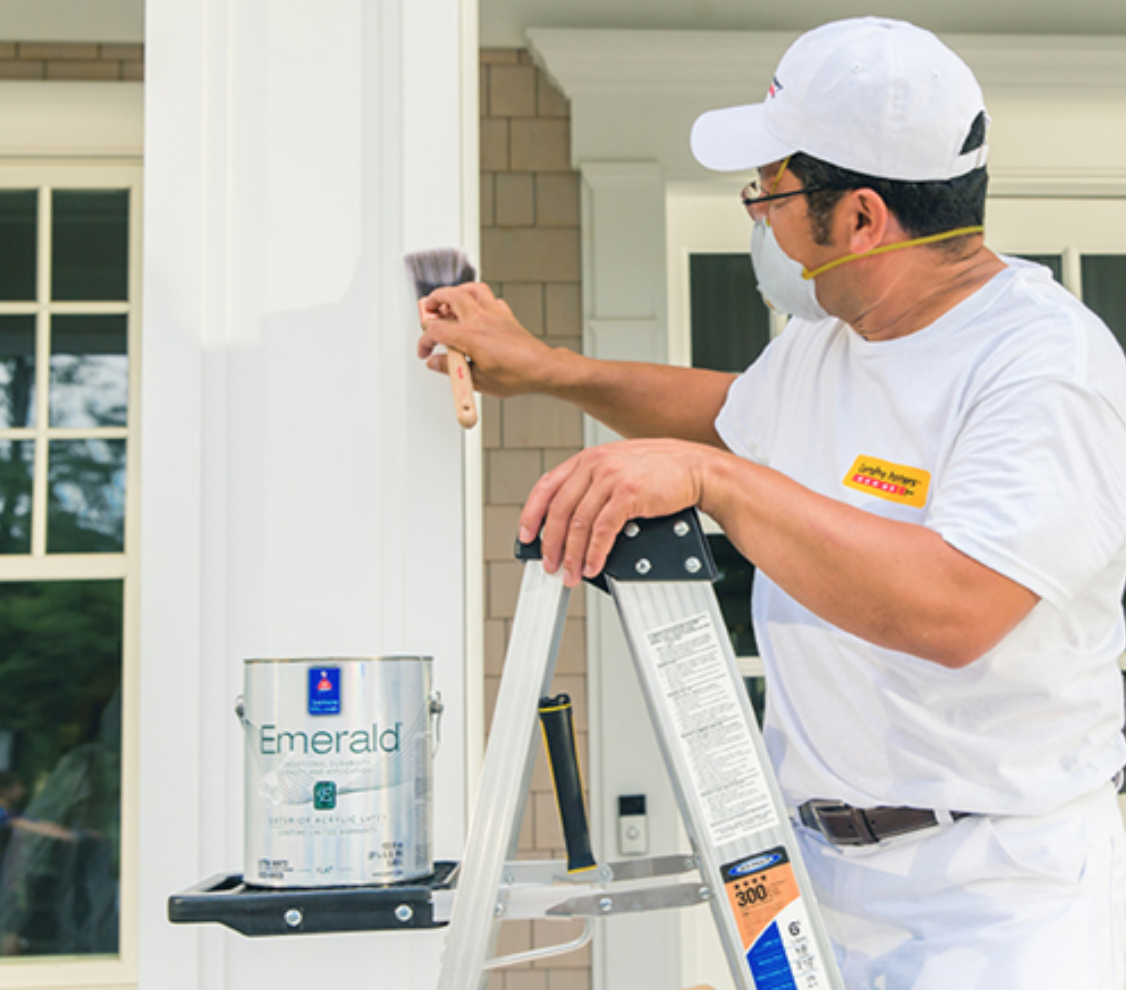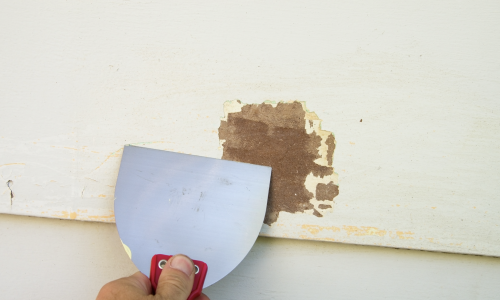The final decision - Choosing your exterior painter.
Chapter 5
Chapter 5: The final decision – choosing winner
Making the decision – which South Shore company will you hire?
Now you’ve collected all of your information, you need to use your good sense to choose a painting company.
 Use ALL of the information you’ve acquired to discern between South Shore exterior home services companies, including:
Use ALL of the information you’ve acquired to discern between South Shore exterior home services companies, including:
Ease of estimating process
Painting expertise and product knowledge
Help with color choice (is there a designer on staff, and is working with one in your home included in the price?)
Timing of the project to meet your deadlines
Fair pricing. Understand why some painting quotes may be so different in price.
 Save money on your exterior painting project without sacrificing quality or longevity:
Save money on your exterior painting project without sacrificing quality or longevity:
Make sure the painter is using premium-grade paint. This may be counter-intuitive, but when you pay a bit more per gallon by using better paint, the paint goes on faster and more smoothly (saving your labor time) and lasts longer (saving you from having to paint sooner).
Consider phasing the project. If your current paint job still has some life left, consider doing two sides of your home this year and two next year.
Ask the painter to quote the project with less preparation. This means only feather-sanding on prominent and eye-level areas and leaving less prominent areas a bit rougher. This will not affect the protection the paint gives your home, it will just affect the smoothness of the painted surface. If you keep the second story a bit more rough than the first story, your house will be protected and still look beautiful at eye level. Places to pay for extra preparation include the front door and eye-level trim.
Ask the painter to quote a “spot prime on raw wood” vs. a full prime. As long as the rest of the home is covered in paint, spot priming does not sacrifice quality.

Add extra painting projects to your current project. Again this might be counter-intuitive, but it’s much less expensive to add a shed to a current exterior project than pay for that same shed to be painted, incurring an extra “trip charge” a year from now.
Don’t change colors: If you paint your current color, you can often get away with one coat. Usually, when you change colors to a much darker or lighter color, you need a tinted primer and 2-3 coats of paint. And because labor is your biggest cost in a paint job, painting one coat of paint and not changing colors saves you lots of money.
Have your painter spray your home and back-roll it – this saves significant time over traditional rolling. Once the paint is sprayed on the painter, then “back roll” the paint giving you a rolled house in much less time and saving you labor costs.

Time and materials quotes – a bad idea:
One good rule of thumb: Other than wallpaper removal for interior painting there is rarely a reason to accept a “time and materials” quote from a South Shore painter.
A time and materials quote is an open-ended quote with no firm price. The idea is that you pay the painter(s) by their work hours and for the materials they buy. Because of its vagueness, you are often left to clock-in and clock-out the painters, so you are sure they are working the hours they charge you for. Any good painter should be able to give you a firm quote just by looking at the proje.
The exception to the above rule: Wallpaper removal (if you’re also doing interior painting), is tricky to remove and could take a lot of time. It’s almost impossible to estimate how long wallpaper removal will take because your painter may not be sure of the type of wallpaper glue or sizing used to apply the wallpaper and if there are more layers underneath the top layer.


